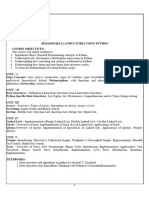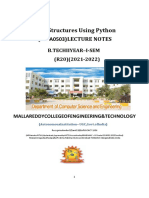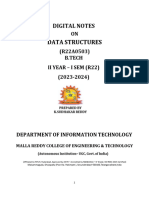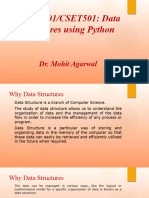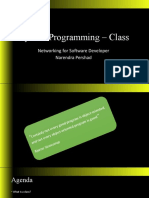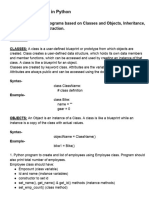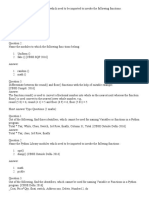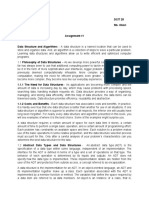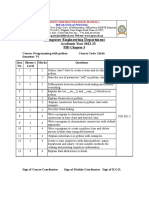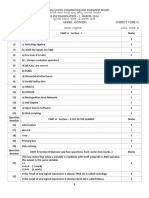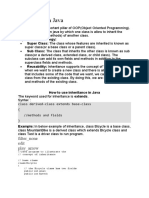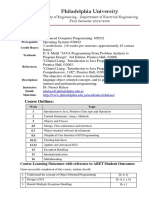0% found this document useful (0 votes)
10 views30 pagesLecture 7 OOP1
The document provides an overview of object-oriented programming (OOP) concepts in Python, including classes, objects, inheritance, polymorphism, and data structures such as queues and stacks. It includes examples and code snippets to illustrate these concepts, emphasizing the practical applications of OOP in programming. The author acknowledges the sources used and presents the material in a structured manner for educational purposes.
Uploaded by
ddskflkCopyright
© © All Rights Reserved
We take content rights seriously. If you suspect this is your content, claim it here.
Available Formats
Download as PDF, TXT or read online on Scribd
0% found this document useful (0 votes)
10 views30 pagesLecture 7 OOP1
The document provides an overview of object-oriented programming (OOP) concepts in Python, including classes, objects, inheritance, polymorphism, and data structures such as queues and stacks. It includes examples and code snippets to illustrate these concepts, emphasizing the practical applications of OOP in programming. The author acknowledges the sources used and presents the material in a structured manner for educational purposes.
Uploaded by
ddskflkCopyright
© © All Rights Reserved
We take content rights seriously. If you suspect this is your content, claim it here.
Available Formats
Download as PDF, TXT or read online on Scribd
/ 30



